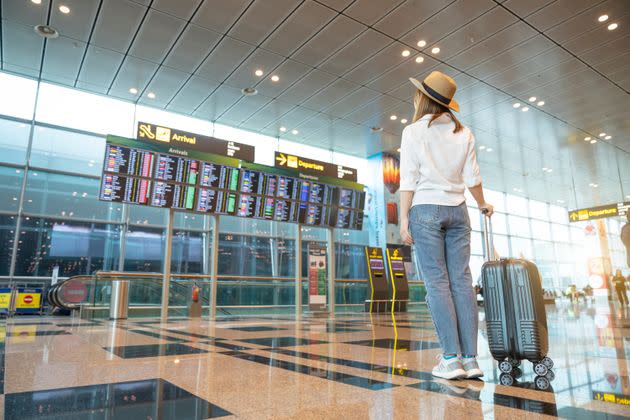For my final post, I have decided to write about something a bit more personal to me, as I love travel more than anyone. I would like to share with everyone my top ten places I have visited.
So without further ado, here are my personal favorites: the top ten places I have visited thus far.
- Seattle WA, Seattle has a special place in my heart. Not only do they have fantastic surf and turf, as I would like to call it, Seattle is the perfect combination of outdoor activities like hiking and mountain biking, but the city has the perfect atmosphere as well as some of the prettiest spring flowers I have ever seen.
- Daytona Beach, Florida While it was hot during my visit there for the Coke Zero Sugar 500, not only, was it a great experience with front-row tickets, I also enjoyed the atmosphere there.
- Whitefish Montana, I took a ski trip here in February, and the weather was so nice that I was able to ski in a sweater. Something like that in Minnesota is almost unheard of, as the winters are incredibly cold and frigid.
- The Upper Peninsula of Michigan, in the spring, while it was quite the drive, the lush green grass as well as the gorgeous wild flowers made the drive more than worth it.
- Salem MA, In October, about a year ago, I had the privilege of being in Witch City, as they call it, for Halloween. Funny enough, Halloween is a bigger deal there than it is in Anoka, Minnesota, which is the actual Halloween capital.
- Salem New Hampshire, about 30 minutes from Salem, MA. Salem, New Hampshire, has a lot to offer and has many grocery stores, shops, and cafes at your convenience. I especially like the quiet of New Hampshire; however, it’s not very exciting here unless you like the quiet and mundane.
- I have also enjoyed time in NYC; however, this was just a day trip, and I am ranking it number 7 because, while I love the hustle and bustle of the city, I would like to argue that there are better ones out there.
- Wisconsin Dells, now I know what you’re thinking. This girl is from the Midwest. How could she put some of the best water parks at number 8? Not that I don’t enjoy the Dells but, once you have been to one big water park, you have kind of been to them all.
- California, I was younger when I had the pleasure of visiting the state, and while I enjoyed it, the overall atmosphere just wasn’t my cup of tea.
- Iowa. I visited a college here. While the college was great, there was not much around it, and being the extroverted ball of energy I am, I needed more to be able to go out and do.
Thank you to all of those who have taken the time this semester to read my blogs and share their thoughts. I enjoyed reading the comments and sharing travel tips with you all, but now I bid you all farewell as I graduate and move on to my next adventure, so long and happy trails.




